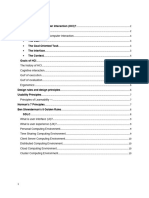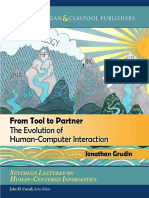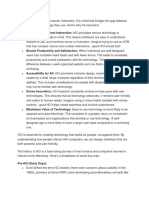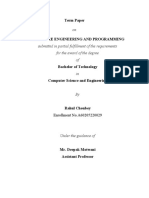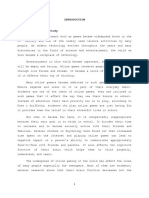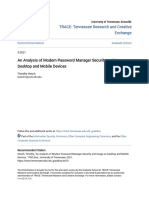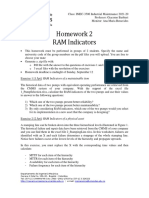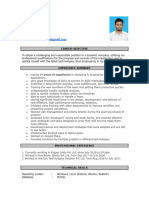0% found this document useful (0 votes)
7 views14 pagesModule HCI 101
Module 1 introduces Human-Computer Interaction (HCI), covering its definition, historical development, and significance in technology design. It emphasizes the evolution from specialized computing to inclusive, user-centered design, highlighting the importance of usability, user experience, and accessibility. The module also explores the task-artifact cycle and the interdisciplinary theories that inform HCI practices.
Uploaded by
bantillojiana9Copyright
© © All Rights Reserved
We take content rights seriously. If you suspect this is your content, claim it here.
Available Formats
Download as DOCX, PDF, TXT or read online on Scribd
0% found this document useful (0 votes)
7 views14 pagesModule HCI 101
Module 1 introduces Human-Computer Interaction (HCI), covering its definition, historical development, and significance in technology design. It emphasizes the evolution from specialized computing to inclusive, user-centered design, highlighting the importance of usability, user experience, and accessibility. The module also explores the task-artifact cycle and the interdisciplinary theories that inform HCI practices.
Uploaded by
bantillojiana9Copyright
© © All Rights Reserved
We take content rights seriously. If you suspect this is your content, claim it here.
Available Formats
Download as DOCX, PDF, TXT or read online on Scribd
/ 14





